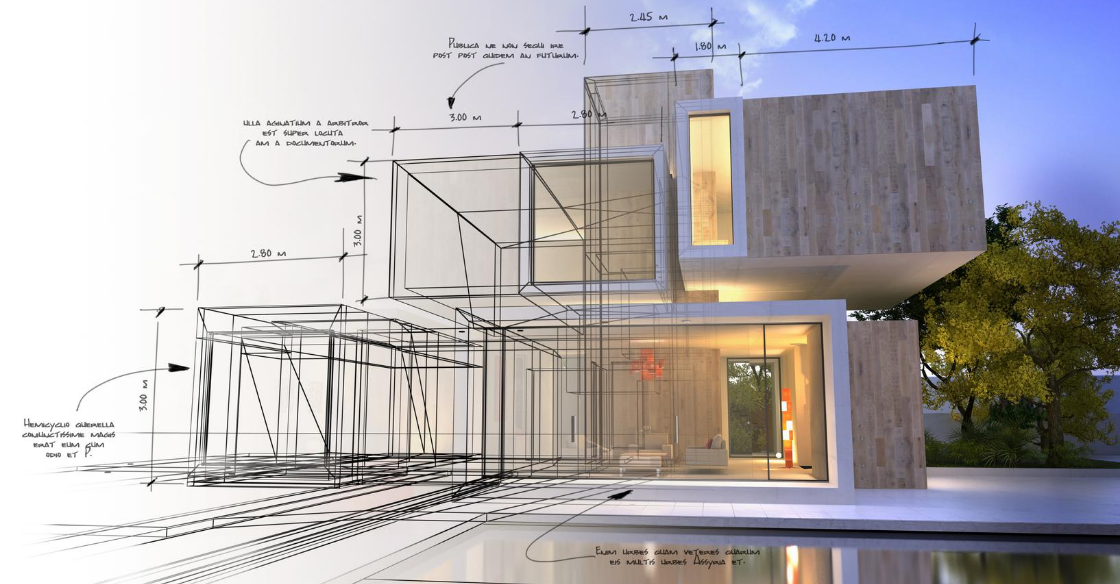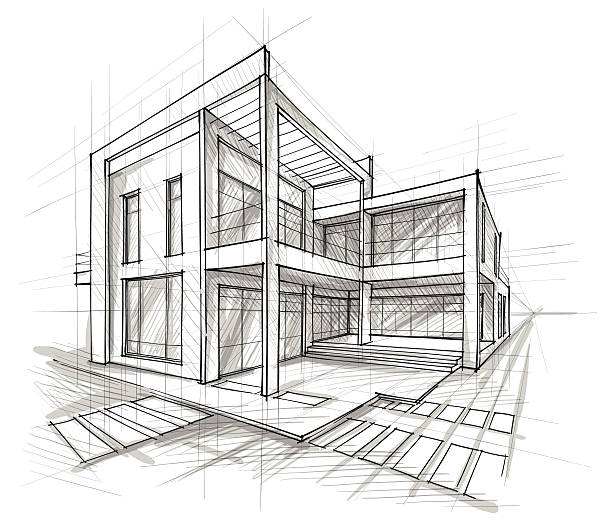Check Out Acclaimed Jobs by Distinguished CDA Architects
Check Out Acclaimed Jobs by Distinguished CDA Architects
Blog Article
The Impact of Technical Innovations on the Style Practices of Contemporary Architects
The rapid advancement of technological tools has considerably reshaped the style landscape for contemporary architects, promoting unprecedented degrees of technology and sustainability. Checking out these characteristics exposes a nuanced interplay between technology and conventional design methods, motivating a better assessment of what the future holds for architectural practices.
Advancement of Architectural Devices
Just how have architectural tools transformed the style and building and construction procedures over the centuries? The advancement of architectural tools has actually significantly affected the efficiency, precision, and imagination of style and building. In ancient times, architects rely upon basic instruments such as plumb bobs, gauging rods, and fundamental geometry to create frameworks. These devices laid the structure for very early building method, permitting the building of renowned structures, albeit with constraints in precision and intricacy.
With the introduction of the Renaissance, the intro of the compass and the protractor marked a critical shift. These tools allowed engineers to attain greater accuracy in their styles, promoting the emergence of more elaborate and proportional buildings. The Industrial Revolution additionally transformed building exercise with the intro of mechanized devices and materials, permitting larger and extra enthusiastic projects.
In the 20th century, the growth of computer-aided layout (CAD) software transformed the landscape once more, supplying architects with extraordinary capabilities in modeling and visualization. Today, advanced tools such as Building Info Modeling (BIM) and parametric design software remain to push the borders of building advancement, allowing an extra incorporated strategy to layout and building processes.
Enhanced Collaboration in Style
As modern technology remains to progress, boosted collaboration in design has actually become a cornerstone of modern-day architectural technique. The combination of digital tools such as Building Info Modeling (BIM), cloud-based platforms, and advanced visualization software program has actually changed the way engineers, engineers, and stakeholders communicate throughout the style process. These devices facilitate real-time interaction, permitting groups to share ideas, adjustments, and comments immediately, despite geographical place.

Furthermore, interdisciplinary cooperation has been streamlined with these technical innovations, enabling designers to function extra very closely with various other experts, such as urban organizers and environmental professionals. The result is a much more cohesive strategy to create that considers different viewpoints and know-how. Eventually, improved cooperation in layout is not merely a fad; it is essential for producing cutting-edge, practical, and cosmetically pleasing style in an increasingly intricate world.
Sustainability Through Innovation
Sustainability in architecture has actually significantly ended up being linked with technological technology, driving the market towards environmentally liable techniques - cda architects. Contemporary architects are leveraging innovative technologies to minimize environmental impact while enhancing the efficiency of buildings. One noticeable example is the usage of Structure Info Modeling (BIM), which permits exact preparation and resource allowance, decreasing waste during building and construction and advertising power efficiency throughout a building's lifecycle
Furthermore, wise materials and energy-efficient systems are being incorporated into layouts to enhance source use. Technologies such as solar batteries and environment-friendly this link roofing systems harness renewable resource sources, contributing to decreased carbon impacts. Additionally, the application of synthetic intelligence in style processes allows architects to mimic and evaluate power intake, leading decisions towards even more sustainable end results.
The assimilation of sustainable innovations not only aligns with international environmental goals yet additionally satisfies a boosting need from customers for environment-friendly options. As engineers embrace these innovations, the focus moves towards producing rooms that are not just cosmetically pleasing yet additionally functionally lasting, therefore redefining the requirements of contemporary style. In this method, technology serves as a driver for sustainability, making it possible for engineers to create structures that regard and enhance the natural environment.
Difficulties in Implementation
While technical innovations in design hold wonderful guarantee for boosting sustainability, their implementation usually runs into substantial challenges - cda architects. One main challenge is the high learning curve related to new innovations. Designers and building professionals may call for extensive training to successfully use sophisticated software application and devices, which can delay project timelines and increase expenses
Additionally, get redirected here the combination of emerging innovations, such as Structure Info Modeling (BIM) and lasting products, typically requires collaboration across multidisciplinary groups. This cooperation can be hindered by distinctions in knowledge, workflows, and interaction styles, resulting in possible disputes and inefficiencies.
Financial restrictions better complicate the adoption of innovative modern technologies. Many building companies, specifically smaller ones, might lack the resources to purchase advanced devices, restricting their capacity to compete with bigger firms that can pay for such investments.
Furthermore, regulative structures and building ordinance may not maintain pace with technical improvements, producing obscurity and potential conformity issues. This obstacle can discourage designers from completely accepting new modern technologies, as the threat of non-compliance may outweigh the advantages. Therefore, addressing these application obstacles is critical for the effective integration of technological innovations in modern architectural methods.
Future Fads in Design
The difficulties related to the implementation of new technologies in architecture have actually prompted a reevaluation of future trends within the industry. As designers navigate issues such as sustainability, urbanization, and social equity, they are progressively embracing innovative modern technologies to boost design effectiveness and environmental efficiency.
One famous trend is the assimilation of man-made knowledge (AI) in the style process. AI devices can analyze substantial datasets to notify layout decisions, boosting both creativity and capability. Structure Information Modeling (BIM) continues to progress, enabling real-time partnership amongst stakeholders and facilitating structured task management.
Lasting layout practices are also getting energy, with architects focusing on flexible reuse and regenerative layout principles that reduce source consumption and waste. The incorporation of wise materials and renewable resource resources will even more improve the strength of structures in Full Article the face of climate modification.

Conclusion
Technological developments have dramatically improved architectural layout techniques, facilitating improved accuracy, collaboration, and sustainability. The combination of devices such as Structure Information Modeling and parametric layout software application, alongside expert system and clever products, encourages designers to attend to intricate challenges more successfully. While application may offer specific barriers, the ongoing evolution of these innovations guarantees to drive innovation in style. Future patterns will likely further emphasize sustainability and efficiency, inevitably redefining the built setting.
Report this page